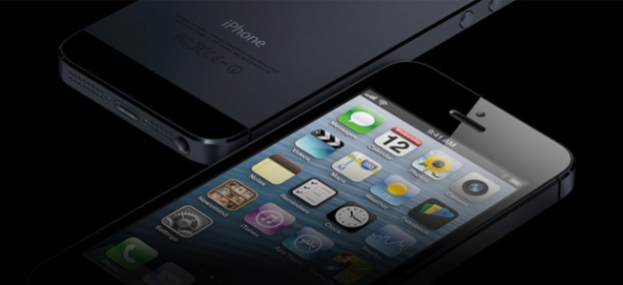
Despite a recent declaration from France Telecom CEO Stephane Richard that pricier phones, like the iPhone, would soon be on the decline due to economic hardships, particularly in Europe, the opposite seems to be true in the United States, according to a report from ComScore.
The study, which tracked data over the course of three months – from November 2012 through the end of January 2013 – showed that Apple brought on-board a jaw-dropping 8.9 million iPhone subscribers. Conversely, Android as a whole only saw 2.9 million additional users.
Though Apple grew its user base significantly more than Android, the latter is still spread across the majority of devices in the U.S. By the end of the study, iPhone users accounted for 38.9 percent of U.S. smartphone users, while Android had a hold on 51.7 percent.
Furthermore, ComScore also took a look at the top smartphone manufacturers. Again, Apple reigned supreme, increasing production by 3.9 percent during the study. Trailing behind it was South Korea-based Samsung, growing by just 1 percent. Unfortunately for them, the other manufacturers considered – HTC, LG, and Motorola – saw declines, the biggest being HTC at 1.7 percent.
Though Android seems to be taking a bit of hit right now with a series of promising launches on the horizon, Android stands a good chance of gaining more traction in the coming months. There’s the HTC One that should start selling later this month, the Samsung Galaxy S4 that should be hit the market next month, and if the rumor proves to be true, the Samsung Galaxy Note 3 this fall. Plus, HTC surprised us yesterday with the First, the only phone (for now) that comes with Facebook Home right out of the box. It goes on sale next Friday.
At the end of the day, the smartphone race is a tight one. We can predict future trends to our hearts’ content, but everything can change with the release of a new phone.
Editors' Recommendations
- A big iPhone update is right around the corner
- How to fix iMessage activation errors on your iPhone
- One of the most iconic iPhone accessories is back — and it’s great
- Are you having iPhone alarm problems? A fix is coming soon
- Best iPhone 14 deals: Unlocked and refurbished


